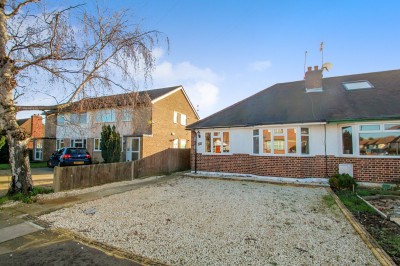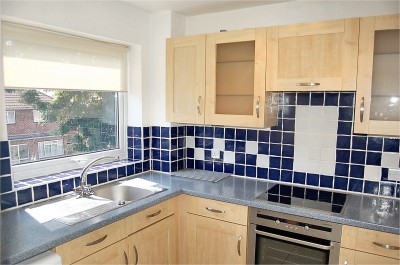Agreed sales in July were 8% higher than the same month last year.
The average asking price for homes coming onto the market fell by 1.3% in August, a drop of £4,969 to £368,740. This seasonal decrease aligns with the ten-year average, following larger-than-usual declines in June and July.
Many sellers are adjusting prices to appeal to buyers distracted by summer holidays. Competitive pricing and a wide choice of properties have helped deliver the highest number of sales agreed in July since the post-lockdown surge of 2020.
According to Rightmove, the number of agreed sales is now 8% higher than at the same point last year, with the volume of homes for sale having risen by 10% compared to the previous year, keeping annual price growth at just 0.3%.
The time to secure a buyer varies significantly. The average is 62 days, but properties priced correctly from the start take 32 days to sell, while those that need a price cut take 99 days on average. 34% of properties on the market have had a price reduction, the second-highest proportion for this time of year since 2012.
A third interest rate cut by the Bank of England this year has supported buyer confidence. Rightmove’s mortgage tracker shows the average two-year fixed rate has dropped to 4.49% from 5.17% a year ago. This reduction equates to a monthly saving of £117 on the average home for those with a 20% deposit and a 30-year mortgage term. However, the close vote on the cut has left some uncertainty over a possible fourth reduction this year.
“Savvy summer sellers have read the room and are coming to market with even more competitive pricing than usual to really stand out and attract serious and active buyers,” said Colleen Babcock, property expert at Rightmove. “Astute buyers are now benefitting from new seller asking prices which are, on average, an enticing £10,000 cheaper than three months ago. Buyers have the upper hand in this high-supply market, so a tempting price is vital to agree a sale."
Babcock added, "The strategy is working, with the number of sales agreed in the full month of July being the best at this time of year since 2020. At that time, the market had recently reopened after the first pandemic lockdown, and generous stamp duty reductions had just been announced."
"However, the high number of price reductions we’re seeing is an indicator that some sellers are still coming to market with too high a price and then reducing it to become competitive. Our data shows that for a successful sale, it’s better to get the price right in the first place, but if a seller does need to reduce the price, it’s better to act fast rather than waiting too long.”
Babcock explained that strong summer sales and consistent buyer demand are encouraging signs for the months ahead. “We usually see a busier autumn compared to the summer as the new school year starts and more focus returns to moving home. Autumn sellers may also be hoping to be in a new home by Christmas, but they would need to beat the average time to find a buyer and complete a home sale," she said.
"An active autumn will certainly be helped by the recent third interest rate cut of 2025 by the Bank of England. While we don’t expect the cut itself to spark major mortgage rate drops, it’s good for market sentiment and buyer optimism. Mortgage rates have been slowly trending downwards this year, and someone looking at the average home could expect to save over £100 a month on a new mortgage compared with last year.”
Matt Smith, mortgages expert at Rightmove, comments, “It was positive to see last week's third Base Rate cut of the year, but the supporting commentary from the Bank of England suggests the opportunity for further cuts has narrowed."
"The markets are currently forecasting one more cut before the end of the year. Lenders have moved their rates downwards to remain competitive, but there doesn't look like much room for too many further reductions if current market forecasts play out. We could potentially see some lenders squeeze their margin to gain a competitive advantage, but I don't think this would play out across the market and would likely target specific segments of movers."
He concluded, "Overall, with further data to be released and external events to play out, I think it's likely rates will remain pretty much flat from here, with only small movements up or down.”








